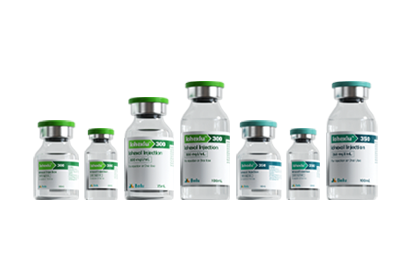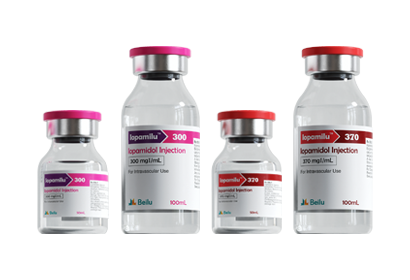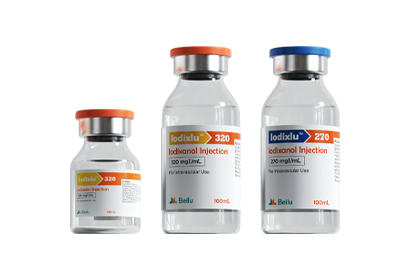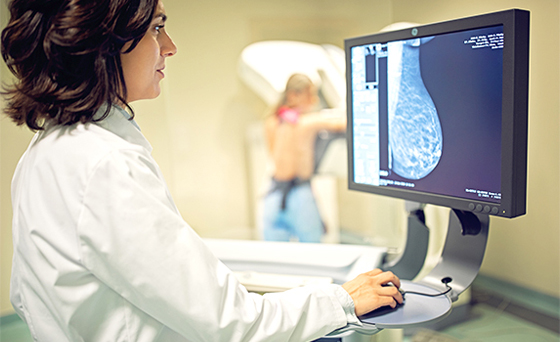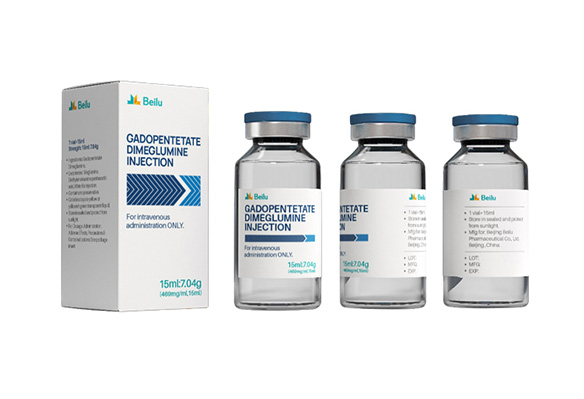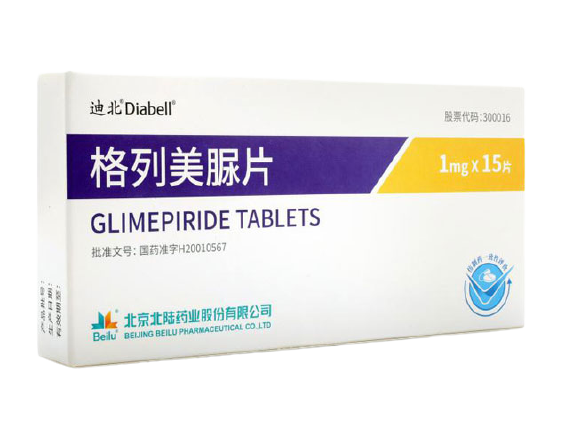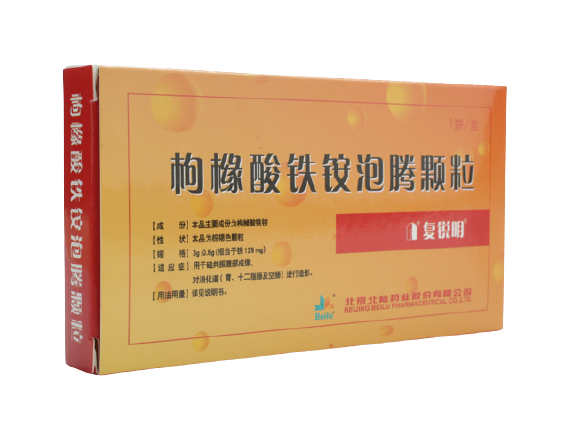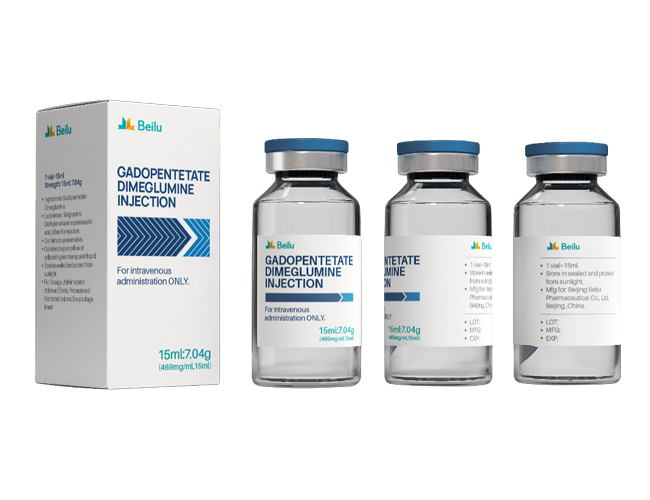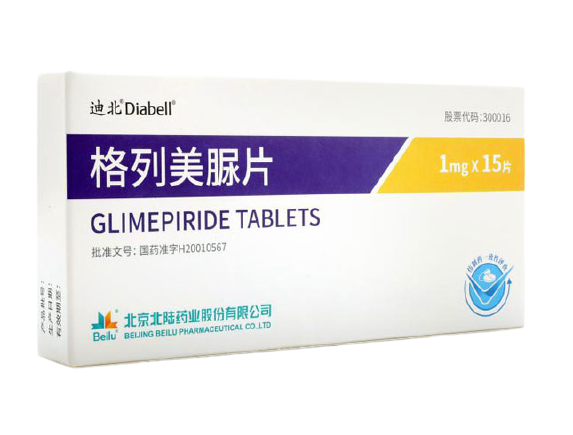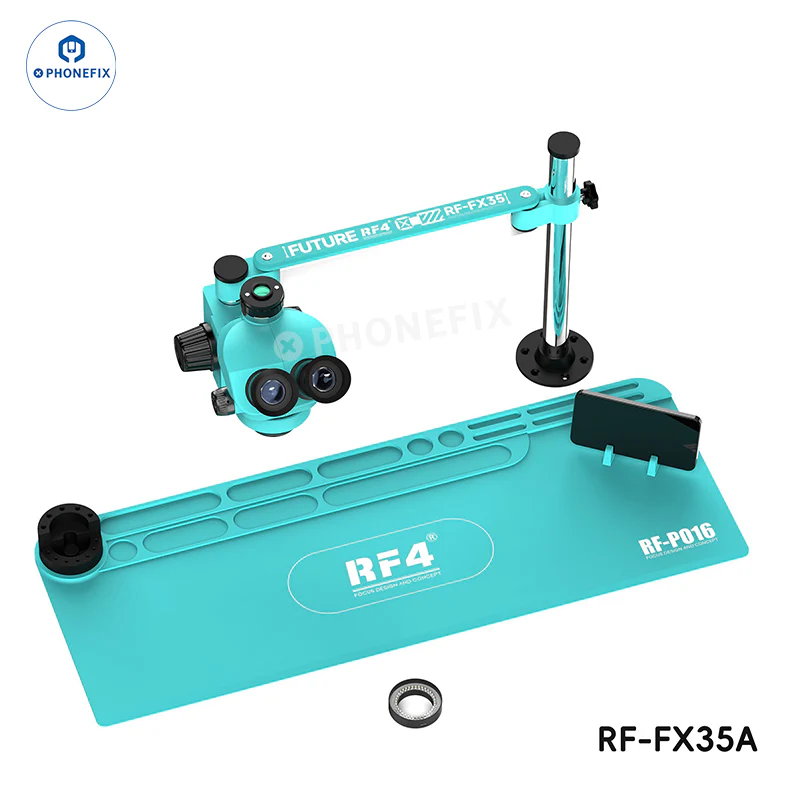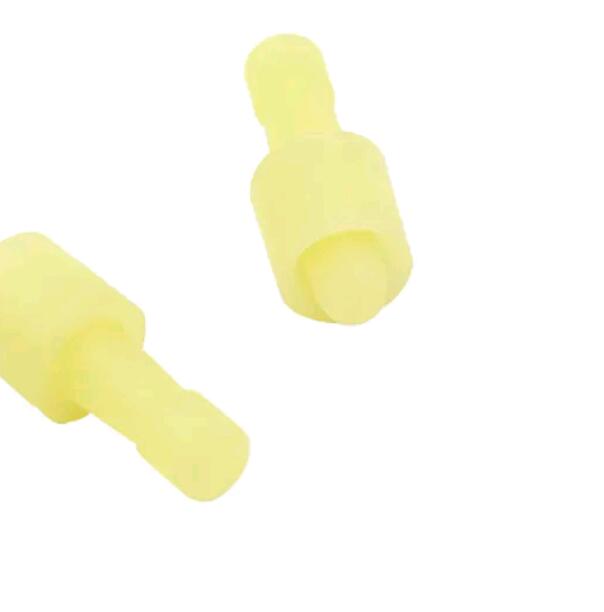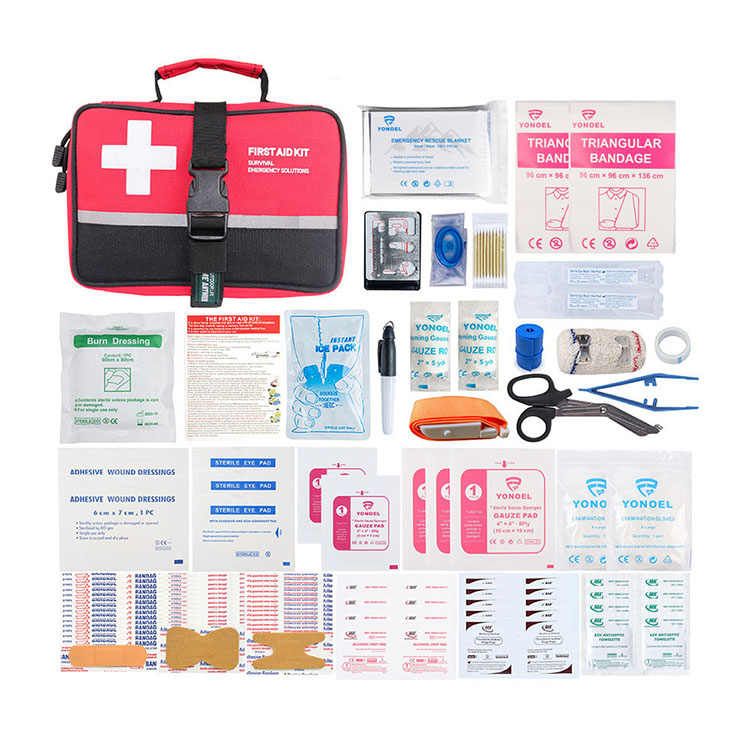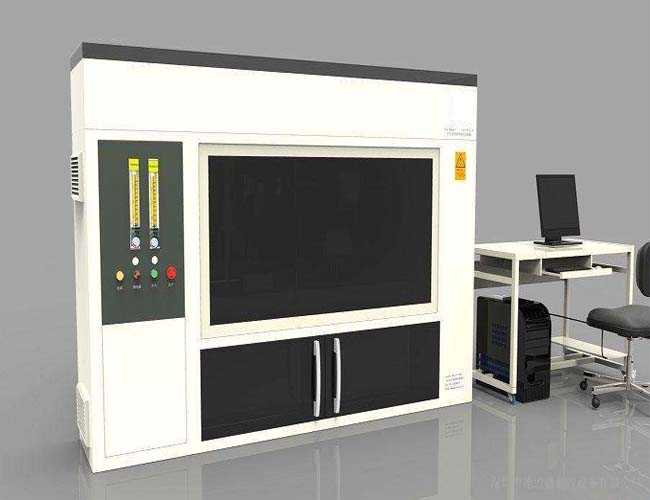CT/X-Ray Contrast Media
The main component of CT/X-ray Contrast Media is iodine. The Iodinated Contrast Media is a colorless, transparent, slightly viscous liquid. At present, the contrast agents used in ctcan be mainly divided into ionic and non-ionic, according to the osmotic pressure can be divided into hypertonic, isotonic and hypotonic. Currently, non-ionic, isotonic or hypotonic Contrast Media are used clinically. When the CT contrast medium is injected, 97% of the contrast media products can be directly excreted from the kidneys within 1 day. Apart from contrast media products, we also provide calcobutrol sodiumfor different use.
Different Types of Contrast Media/X-ray
Iohexol Injection
Iohexol Injection is non-ionic contrast agent. Compared with traditional ionic contrast agent, Iohexol Injection has the excellent molecular structure, it has greatly improved safety, and significantl...
Iopamidol Injection
Iopamidol Injection is the second-generation non-ionic iodinated contrast media launched in the global market. In 2015, Beilu firstly launched and listed this product in the Chinese market. Product name: Iopam...
Iodixanol Injection
Iodixanol Injection is a Contrast Media that is isotonic with plasma. It has excellent cardiac safety and renal safety, which is most comfortable to use, especially suitable for high risk patients.
Reasonable Use of Iodinated Contrast Agents
Evaluate patient benefits/risks before use
History of allergies: Patients who have previously experienced moderate to severe anaphylactoid reactions to iodinated contrast agents or patients with a history of allergies requiring treatment are at an increased risk of having an allergic reaction to CT scan contrast dye.
Kidney function: iodinated contrast agents can cause acute kidney injury, and patients should be evaluated for related risks before the surgery.
Combination medication: drugs that may increase the risk of adverse reactions to iodinated contrast agents: neuroleptics and antidepressants, interleukin-2, beta-blockers, metformin.
Situations where iodinated contrast agents should be used with caution: lung and heart diseases, catecholamine secreting tumours, pregnant and lactating women, myeloma and macroglobulinemia, myasthenia gravis, homocystinuria. You can see more in the visipaque package insert.
Contraindication: uncured patients with hyperthyroidism.
Dose limit for iodinated contrast agents
On the premise of satisfying imaging/diagnosis, the minimum dose of iodinated contrast agents should be used.
For low-risk patients, the total dose of types of contrast agents had better be controlled within 300 ~ 400 ml.
Maximum dose of iodinated radiocontrast dye
Method I *: 5 ml × body weight (kg)/serum creatinine (mg/dl) (not more than 300 ml) [refer to Cigarroa calculation formula]
Method II: 3.7 times creatinine clearance [according to 2011 ACCF/AHAUA/NSTEMI Treatment Guidelines]
For those with severe renal insufficiency, try to choose an imaging method that does not require iodine-based contrast agents or a non-imaging method that can provide sufficient diagnostic information.
Avoid repeated use of the diagnostic dose of an iodinated radiocontrastmedium in a short period of time. If repeated use is indeed necessary, it is recommended that the interval between two MRI contrast agent applications be ≥14 days.
Other precautions for the use of iodinated contrast agents
Preheating: Before using an iodinated contrast agent, it is recommended to heat the contrast agent to 37 °C and place it in a thermostat.
Hydration: It is recommended to hydrate patients within 6 to 12 hours before using an iodinated contrast agent to within 24 hours after use. Hydration method: Intra-arterial drug users are advised to receive intravenous rehydration and oral rehydration concomitantly, and oral rehydration is recommended for intravenous drug users.
Stay and observation: After the injection of the iodine-based contrast medium, the patient needs to stay and be observed for 30 minutes before leaving the examination room.
Establish an emergency channel: Establish an emergency rapid support mechanism for the rescue of adverse reactions caused by iodinated contrast agents with the emergency room or other clinical related departments to ensure that after an adverse reaction occurs, clinicians can promptly rush to the rescue scene for rescue if necessary.
Prevention and Management of Vascular Extravasation of Iodinated Contrast Agents
Prevention
Choose appropriate blood vessels for venipuncture and operate carefully; when using a high-pressure syringe, choose a puncture needle and catheter that match the injection flow rate; properly fix the puncture needle; communicate with the patient and get cooperation. Another kind of contrast media, iopamidol injection, is also widely used.
Management
Mild extravasation: Most injuries are minor and need no treatment. However, the patient should be instructed to keep observing. If the extravasation worsens, the patient should seek medical attention in time. For individuals with significant pain, common cold and hydropathic compresses can be given locally.
Moderate and severe extravasation: ① raise the affected limb to promote blood return. ② Use 50% magnesium sulfate moisturizing cold compress in the beginning, and after 24-hours change to magnesium sulfate moisturizing hot compress, or use mucopolysaccharide ointment for topical application, or use 0.05% dexamethasone for local hydropathic compress. ③ Those with severe contrast agent extravasation should be given oral dexamethasone 5 mg/time tid for 3 consecutive days on the basis of topical drug use. ④ If necessary, consult a clinician for medication.
BeiLuPharma is a leader and pioneer in the Contrast Media field in China. It provides a wide range of Contrast Media products for diagnostic imaging and interventional therapy, and it also offers Anti-diabetic and Anti-anxiety medicines to improve the treatment and help healthcare professionals solve problems.
在线联系供应商
Other supplier products
| Contrast Media Manufacturing Company | For the purpose of medical imaging, a certain substance is introduced into the human body to change the image contrast of local tissues of the body... | |
| Glimepiride Tablets | Glimepiride Tablets is a sulfonylurea hypoglycemic drug that can be used in combination with insulin. In 2001, Glimepiride tablets (Dibei), as the ... | |
| Ferric Ammonium Citrate Effervescent Granules | Ferric Ammonium Citrate Effervescent Granules was launched in 2004. It is an oral magnetic resonance contrast agent/media approved by NMPA in the m... | |
| Contrast Media Manufacturing Company | For the purpose of medical imaging, a certain substance is introduced into the human body to change the image contrast of local tissues of the body... | |
| Glimepiride Tablets | Glimepiride 1 Tablet is a sulfonylurea hypoglycemic drug that can be used in combination with insulin. In 2001, glimepiride 2 tablet (Dibei), as th... |
Same products
| RF4系列三目立体显微镜摇臂支架 | 卖方: 深圳维客修有限公司 | RF4 RF-FX23A RF-FX35A 7-50X连续变倍三目显微镜带折叠自由摆臂支架。RF4 RF-FX35A 7-50X三目立体显微镜带370mm摆动支架和RF-P016大硅胶焊盘,用于... | |
| Medical Polyisoprene rubber pad for soft transfusion bag | 卖方: Taizhou KangLong Medical Treatment Technology Co., Ltd. | Medical Polyisoprene rubber pad for soft transfusion bag Stable production, Mature technology, Q... | |
| The 51-piece Emergency Survival First Aid Bag | 卖方: Dongyang City Yonoel Outdoor Products Co., Ltd. | This Compact And Well-Organized First Aid Kit Is Designed To Provide A Wide Range Of Medical Supp... | |
| RELIFE RL-M6T Pro B11 6.5X-65X Trinocular Stereo Microscope | 卖方: Phonefix | RELIFE RL-M6T Pro-B11 6.5X-65X Continuous Zoom Trinocular Stereo Microscope with B11 large area b... | |
| Smoke Toxicity Tester | 卖方: 千实精密机电仪器检测设备有限公司 | TRANSLATE with x English Arabic Hebrew Polish Bulgarian Hindi ... |









